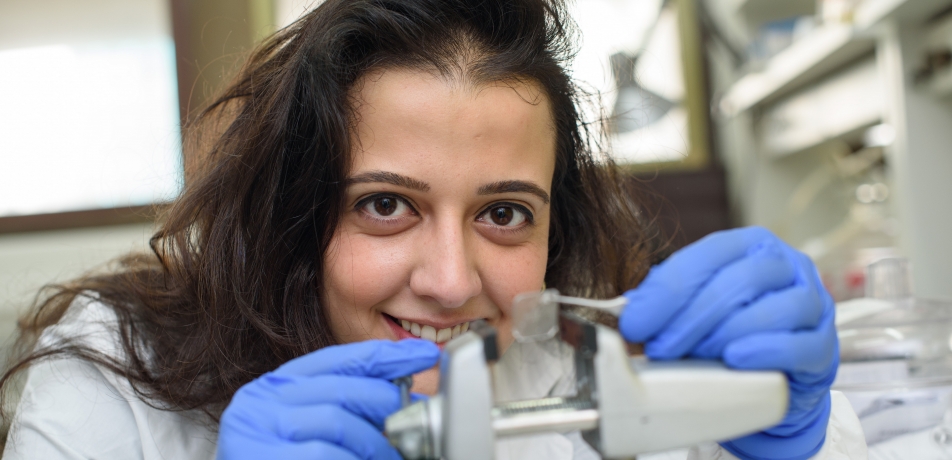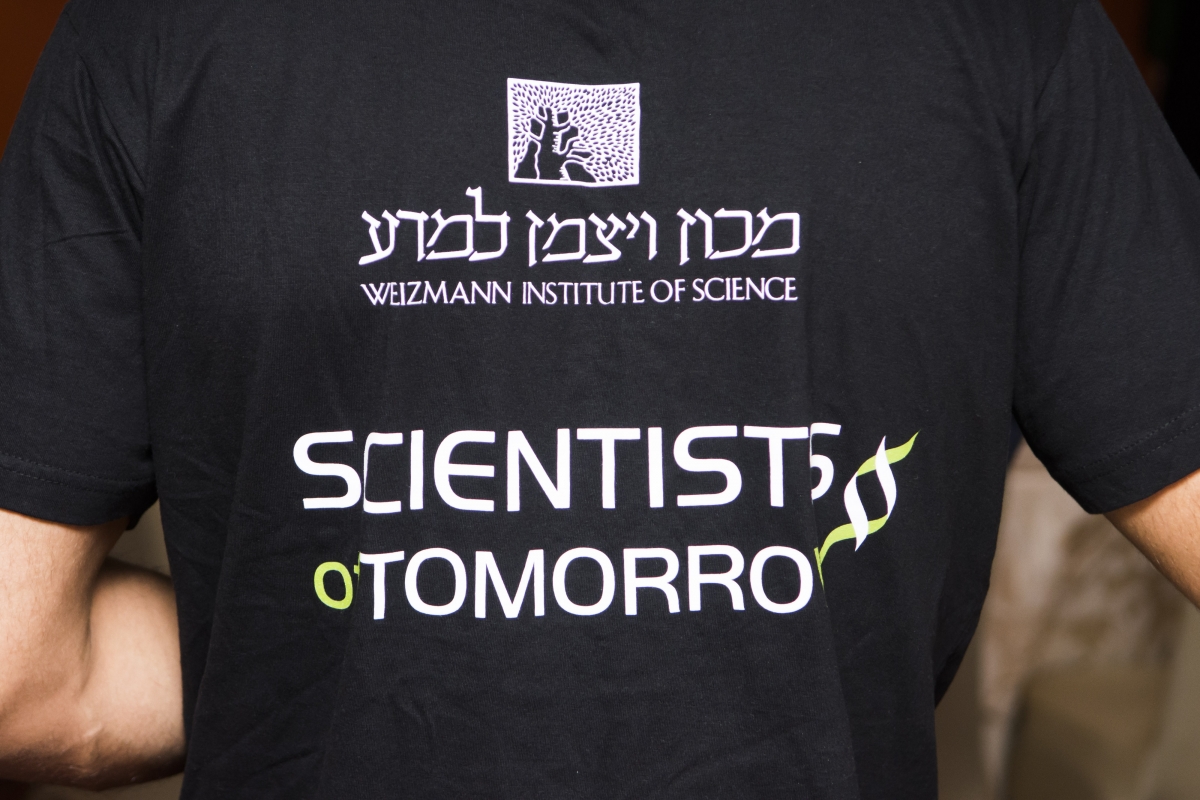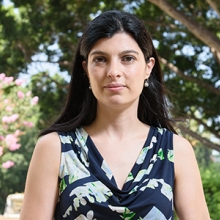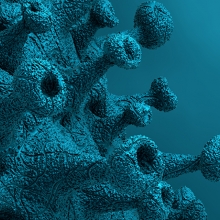Scientists of tomorrow
Tour of US and Canada highlights Weizmann science
Students

Dr. Elena Meirzadeh
Dr. Elena Meirzadeh grew up in the 1990s Tehran, and when she turned 11, her family decided that its future was in Israel.
After making aliya, the Meirzadehs moved into an absorption center in Jerusalem. She had felt no discrimination as a Jew in Iran, and the biggest challenge of her childhood was the culture shock she experienced in moving to Israel. She lacked command of Hebrew and English and integration was a bumpy ride. Yet she eventually adapted to her adopted country—thanks in large part to her chemistry teachers.
“I fell in love with chemistry,” she says. “I just wanted to invent things.”
That passion persists today as Dr. Meirzadeh, who recently earned her PhD at the Weizmann Institute of Science, prepares to cross countries and cultures once again to embark on a postdoctoral fellowship at Columbia University.
In March, she flew to the U.S. with five fellow Weizmann students to talk about her research in front of donors and friends, in a mission led by Kelly Avidan, Director of the Department of Resource Development. The fourth annual Scientists of Tomorrow tour allowed the six outstanding young researchers to present their science to Weizmann Institute friends and supporters on the East Coast, West Coast, and Midwest. The participants—all Feinberg Graduate School students or recent alumni—delivered talks about their work to enthusiastic audiences at synagogues, Jewish community centers, festive dinners, and other back-to-back events throughout the week. Ami Shalit, Academic Secretary of the Feinberg Graduate School, led the Midwest mission, and Mark Feldman, Senior Vice President of Financial Resource Development for the American Committee, led the East Coast mission.
Dr. Meirzadeh, who participated in the West Coast mission, investigates how defects and distortions affect the properties of crystals, which she describes as “solid materials whose components are arranged in space in a periodic way.” While people tend to think of crystals as “perfect” structures, in reality, they have many small imperfections that are difficult to detect, characterize, and study.
She conducted her PhD work under Prof. Igor Lubomirsky and Prof. Emeritus Meir Lahav in the Department of Materials and Interfaces, looking at defects that make crystal pyroelectric—that is, capable of creating electricity when the temperature of the surroundings changes—which is a helpful tool for gaining a deeper understanding of materials.
Dr. Meirzadeh first came to the Institute as an undergraduate to attend a two-week Amos de-Shalit Ulpana for Chemistry on campus. “You can see the relationship among students and professors, how they speak eye-to-eye,” she adds. “I saw that the professors treat the students as scientists, not as students.”
-
Joining Dr. Meirzadeh on the West Coast mission was Shir Nevo in the immunology lab of Prof. Jakub Abramson, who presented her research on thymic epithelial cells (TECs), which are critical to the development of the immune system’s T cells. On the East Coast mission, Efrat Resnick, who works in the lab of Dr. Nir London in the Department of Organic Chemistry, is developing a new drug screening library that enables the quick screening of many compounds including those that play a role in cancer suppression. Tom Manovitz, who is conducting his PhD research in quantum computing, built a system for detecting individual atomic qubits—the quantum computing counterpart to the “bit” of classical computing.
-
The Midwest-Canada mission: Amitai Mandelbaum, a PhD candidate in the Department of Molecular Genetics lab of Prof. Eran Hornstein, studies the role of microRNAs—small, non-coding molecules that regulate gene expression—in the pancreatic beta cells that produce insulin. He is working towards new methods for transplanting healthy beta cells into diabetic patients. And Heli Ben Hamu is performing research on geometric deep learning, part of the artificial intelligence (AI) field, which utilizes neural networks—algorithms that mimic the most simplified model of the human brain. She is developing a neural network that generates 3D models of the human body, which could also be generalized to create models of different classes.









